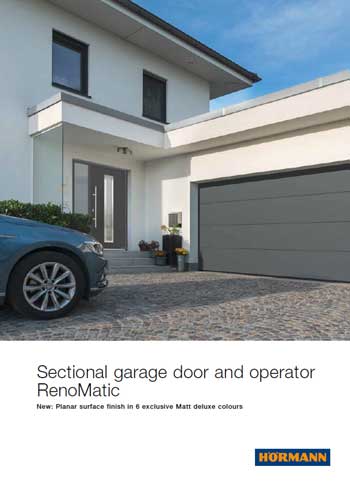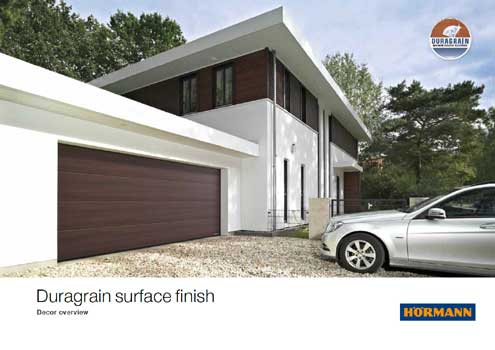Competitive Prices
ACE Garage Doors – Roller Garage Doors in Hertford, Hertfordshire
New Doors Installed
New Doors Installed
Emergency Door Repairs
Emergency Door Repairs
Why Choose ACE Garage Doors?
Full fitting and repair service
Modern designs using modern materials
Start the ball rolling with a FREE quote
Ace Garage Doors Herts Limited offer a free quote service, where a member of our team will come out and survey your garage to accurately assess your requirements with guaranteed no hard sell and no obligation. All our installations and repairs come with a 12 month parts and labour guarantee.
Ace Garage Doors Herts Limited fit doors for all the major manufacturers according to their specifications. With us you can be sure that your door has been fitted correctly which is why we offer a 12 month guarantee.
4.95
Get a FREE quote

The roller garage door is perfect for the smaller driveway
Many garage doors require a good deal of space in front of the garage to open up or outwards, meaning that if you have a small driveway, you can struggle to find the space for the door to open without hitting your car. You may also find that you have to leave the car out on the road or across the pavement whilst you open the garage door, causing an obstruction for pedestrians or other road users.
In fact, although the interior of the garage may be large enough, some modern driveways are so small that even the larger family vehicles struggle to fit onto the drive itself. A roller garage door will solve this problem for you!
Room to manoeuvre with a roller garage door
The roller garage door has a super modern look to it and also has an incredibly smooth way of opening and closing. As the roller garage door simply rolls up or down in its tracks like a roller blind would, they enable garage doors on even the smallest driveways to function smoothly without getting in the way of the vehicle.
Go electric with the roller garage door
Better still, our roller garage doors have the ease and style of remote, electronic access. What could be better than driving onto your driveway, no matter how short, pressing a button on your remote control and watch the roller garage door glide up effortlessly, enabling you to drive straight into the garage.
No more standing in the rain with an electric roller garage door
Another major benefit, particularly on an integral garage, is the ability to open the garage door smoothly from the comfort of your car. Not having to stand in the rain while opening the garage door is a major benefit. When inside the integral garage, you can even shut the door down behind you and the sensors ensure that any obstruction will stop and reverse the closing action, so there is no chance of damaging your car. Just please ensure that you have turned off the ignition prior to closing the garage door behind you to avoid the build up of toxic exhaust fumes inside the garage.
Hertford Castle: A Norman stronghold
Set in the historic town of Hertford, stands a castle that has a rich history. Hertford Castle was built in Norman times by the River Lea in Hertford. Most of the internal buildings of the castle have now been demolished. The main surviving section is the Tudor gatehouse, which is a Grade I listed building. Parts of the bailey walls on the east side of the castle also still stand, and are a Grade II listed building.
Medieval history of Hertford Castle
Hertford Castle was built on a site that was first fortified by Edward the Elder in around 913. By the time of the Norman Invasion in 1066, a motte and bailey were on the site surrounded by a moat. William the Conqueror granted the castle to Peter de Valognes, the High Sheriff of Essex and Hertfordshire.
Henry II was very interested in the castle and its potential and it was practically reconstructed between 1170 and 1174. This included the building of the flint walls, drawbridges and gatehouses. Hertford Castle was further strengthened during the reign of Richard I by his regent, William Longchamp. By this time the castle was governed by the Crown after Robert de Valognes had died in 1184 leaving no male heirs to inherit the Hertford stronghold. Eventually the castle had been claimed by Robert Fitzwalter, Robert de Valoignes’s son-in-law. He seized the castle and installed his own tenants and garrison. Although he was subsequently evicted by King John, he was eventually appointed governor of Hertford Castle.
The French attempt to take Hertford Castle
Following the death of Angelo Salvo in 1216, a French invasion besieged the castle for a month until the governor, Walter de Godarvil, surrendered. However the country then supported Henry III and by 1217 the French had left. Following this Hertford Castle’s military role became secondary to its use as a royal residence and in 1299 Edward I gave it to his second wife Margaret.
During the reign of Edward II the castle saw its first political prisoners; some of them were Knights Templar. Edward’s wife Isabella of France and their son, Edward III both spent much time in the castle, and Isabella died in Hertford Castle in 1358.
Hertford Castle as a prison
During the Hundred Years’ War Hertford Castle was used to detain prisoners of royal and noble rank. These included King David II of Scotland and, in 1359, King John II of France. The following year the castle was granted to Edward’s third son, John of Gaunt who spent a good deal of time there, using it as his chief country home when not abroad on his campaigns. The defences were repaired and strengthened again at this time. When John of Gaunt died in 1399, Richard II seized all the Lancastrian estates, including Hertford Castle, where he installed his new wife, the eight-year-old Princess Isabella of Valois.
The castle continued to remain in royal hands and in 1418 Henry V granted it to his new wife, Princess Katherine of France, and they spent a lot of time there together. Henry’s son Henry VI spent most of his infancy at Hertford Castle. In 1445 he married Margaret of Anjou and granted her the castle. However, as a result of the Wars of the Roses the crown went to Edward IV who granted the castle to his wife. When Richard III became king, the castle was granted to one of his greatest supporters, the Duke of Buckingham.
Hertford Castle in Tudor times
Henry VII married Elizabeth of York in 1486 and the following year he gifted Hertford Castle to his wife. Henry himself spent little time at Hertford, but he is recorded as having made two visits to Sele Mill, a paper mill just outside the town, where he appears to have sourced a supply of paper. His son Henry VIII spent considerable sums turning the castle into a civilian palace, including building the gatehouse, which still stands to this day. Subsequently, Edward VI granted the castle to Princess Mary. During her eventual reign, the castle was used to imprison Protestant martyrs who fell victim to the Queens Catholic purges. Mary’s younger sister, Elizabeth I was a frequent visitor to Hertford Castle.







